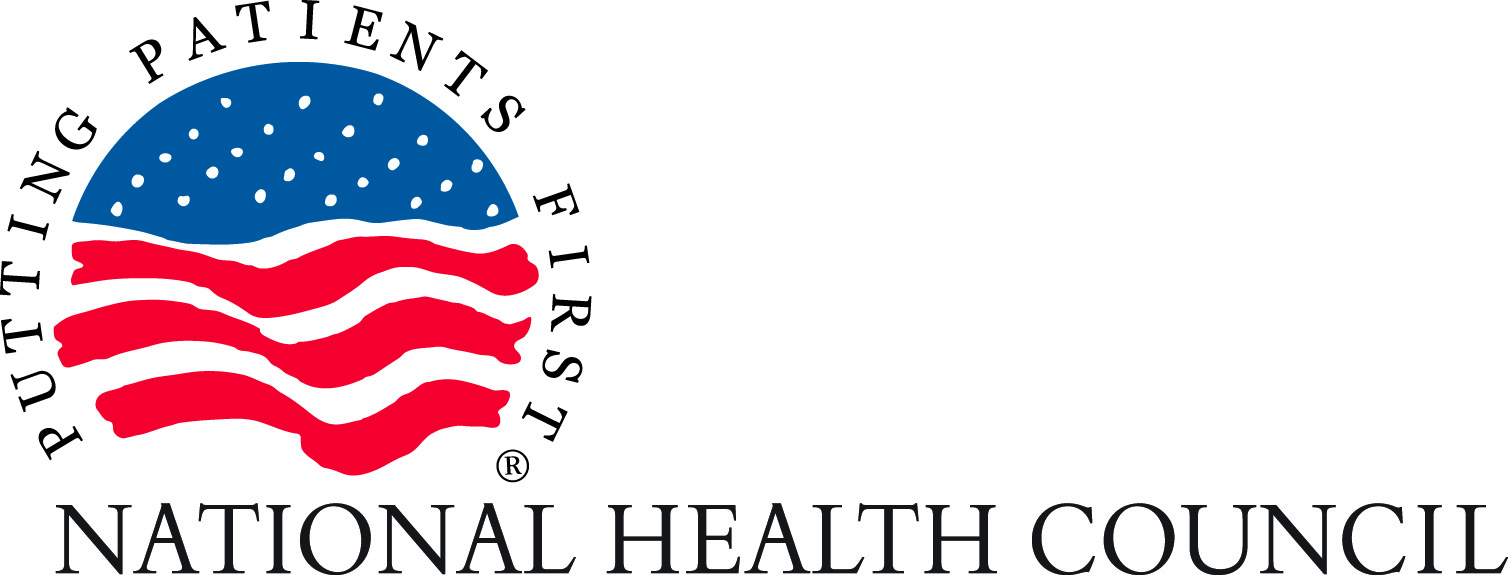Health Literacy: Why It Matters to Patients and in Medical Product Development
10/29/2020
By Ashley Cheng, Programs Associate
On September 24, the National Health Council (NHC) held a webinar on the role of health literacy in drug development and in a person’s overall health as part of its NHC Patient-Focused Medical Product Development Webinar Series. Ms. Laurie Myers, MBA, the Global Health Literacy Director at Merck & Co., was the featured speaker.
Ms. Myers outlined two types of health literacy, personal and organizational health literacy. Differentiating is necessary to understand the skillsets individuals and organizations need to improve health-related decisions and actions.
- Personal health literacy: The degree to which individuals have the ability to find, understand, and use information and services to inform health-related decisions and actions for themselves and others.1
- Organizational health literacy: The degree to which organizations equitably enable individuals to find, understand, and use information and services to inform health-related decisions and actions for themselves and others.1
Ms. Myers went on to demonstrate how overwhelming understanding health information can be. In the exercise attendees had to count words and phrases that included complicated language and/or terms typically used in clinical research. This activity gave attendees a sense of how prevalent complicated health information can be. Ms. Myers emphasized the universality of health literacy concerns, “depending on the circumstance, anyone may struggle with health information.”
She identified the five skills needed in health literacy:
- Oral Literacy: Ability to speak and listen effectively2
- Information Literacy: Ability to find and apply health information3
- Print Literacy: Ability to read, write, and take meaning from information2
- Digital literacy: Ability to use devices, such as a computer, smart phone, and tablet, to find information4
- Numeracy: Ability to understand and use numbers2
Companies and providers interact with patients throughout drug development and treatment. Accordingly, it is vital to intentionally create materials that are easily understood and accessible, while also improving all communication to benefit every stakeholder and patient.
“It’s about doing what you already do every day in a better way,” Ms. Myers said, stressing that health professionals need to remember patients are humans before they are patients. This means effective cross-cultural communication and teach-back methods should be implemented to empower and engage patients. Health literacy techniques can easily be incorporated in any company or organization.
To listen to the complete webinar, click here.
To learn more about our Patient-Focused Medical Product Development Webinar Series, click here.
[1] Office of Disease Prevention and Health Promotion. Health Literacy in Healthy People. https://health.gov/our-work/healthy-people-2030/about-healthy-people-2030/health-literacy-healthy-people. Accessed September 26, 2020.
2 Agency for Healthcare Research and Quality (AHRQ). Executive Summary. Evidence Report/Technology Assessment Number 199. Health literacy interventions and outcomes: an updated systematic review. March 2011. https://www.ahrq.gov/downloads/pub/evidence/pdf/literacy/literacyup.pdf. Accessed September 26, 2020.
3 National Network of Libraries of Medicine (NNLM). Health literacy. http://nnlm.gov/outreach/consumer/hlthlit.html#Skills_Needed_for_Health_Literacy. Accessed September 26, 2020.
4 Healthcare Information and Management Systems Society (HIMSS). Health literacy framework: a definition of terms. June 18, 2015. http://www.himss.org/health-literacy-framework-definition-terms. Accessed September 26, 2020.

